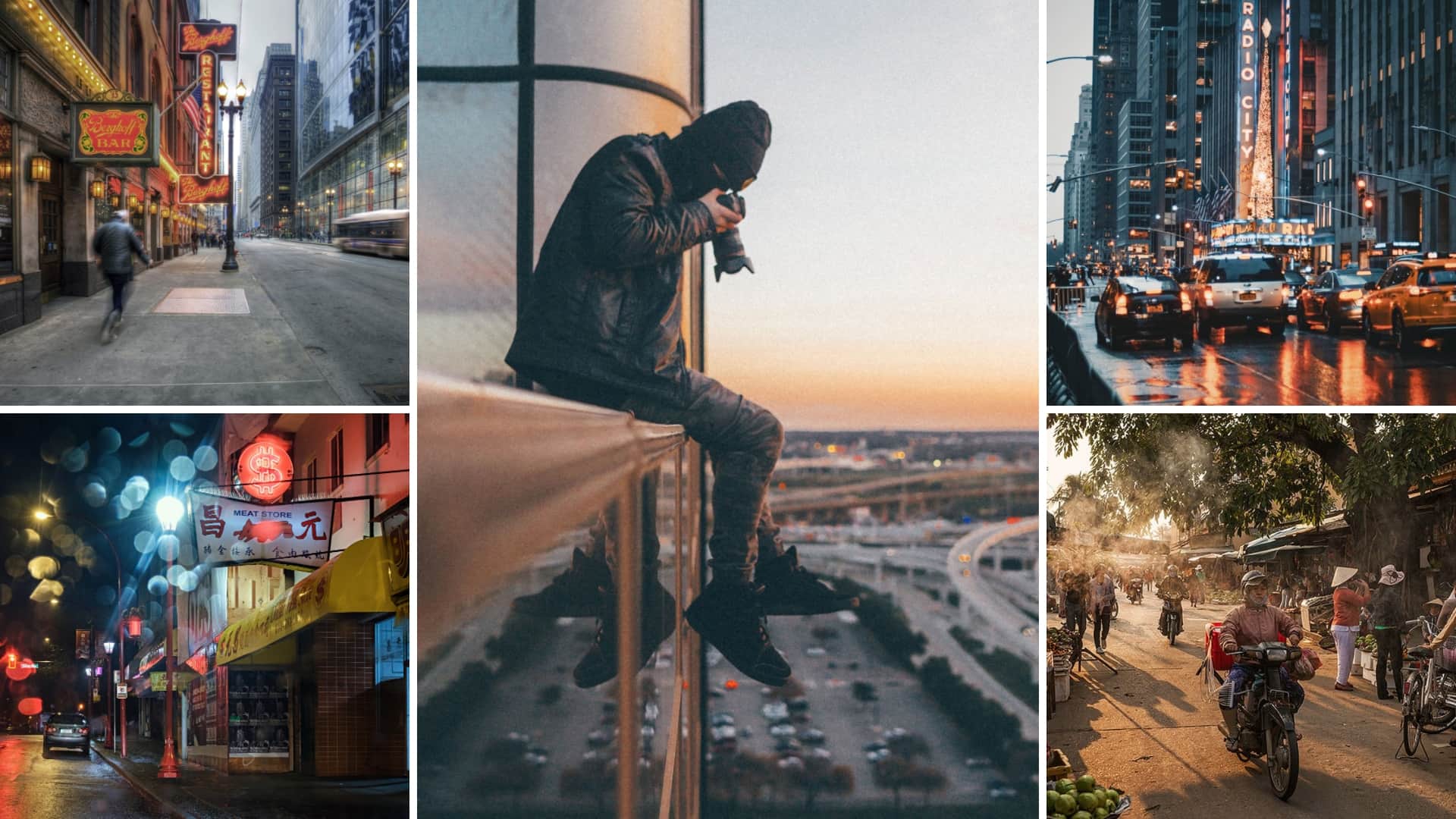How Framing Streets can Save You Time, Stress, and Money.
How Framing Streets can Save You Time, Stress, and Money.
Blog Article
Framing Streets Fundamentals Explained
Table of ContentsWhat Does Framing Streets Do?See This Report about Framing StreetsSome Of Framing StreetsThe Main Principles Of Framing Streets Fascination About Framing StreetsHow Framing Streets can Save You Time, Stress, and Money.
, usually with the aim of catching pictures at a crucial or emotional moment by careful framework and timing. https://trello.com/u/framingstreets1.
, who was motivated to embark on a similar documentation of New York City. As the city developed, Atget helped to promote Parisian roads as a deserving topic for digital photography.

Some Known Incorrect Statements About Framing Streets
The chief Mass-Observationists were anthropologist Tom Harrisson in Bolton and poet Charles Madge in London, and their very first record was created as the publication "May the Twelfth: Mass-Observation Day-Surveys 1937 by over two hundred onlookers" [] Home window cleaner at Kottbusser Tor, Berlin, by Elsa Thiemann c. 1946 The post-war French Humanist School photographers found their subjects on the street or in the diner. Between 1946 and 1957 Le Groupe des XV annually exhibited job of this kind. Andre Kertesz. Circus, Budapest, 19 May 1920 Street photography created the major material of 2 exhibitions at the Museum of Modern Art (Mo, Get More Info MA) in New york city curated by Edward Steichen, 5 French Digital Photographers: Brassai; Cartier-Bresson, Doisneau, Ronis, Izis in 1951 to 1952, and Post-war European Photography in 1953, which exported the idea of road digital photography internationally.
Getting My Framing Streets To Work
The recording equipment was 'a surprise electronic camera', a 35 mm Contax concealed beneath his layer, that was 'strapped to the breast and connected to a lengthy cable strung down the best sleeve'. His work had little modern effect as due to Evans' level of sensitivities concerning the originality of his task and the privacy of his subjects, it was not published up until 1966, in the publication Several Are Called, with an introduction composed by James Agee in 1940.
Helen Levitt, then a teacher of kids, related to Evans in 193839. She recorded the temporal chalk illustrations - Lightroom presets that were part of children's road society in New York at the time, in addition to the children who made them. In July 1939, Mo, MA's new photography section consisted of Levitt's job in its inaugural eventRobert Frank's 1958 book,, was considerable; raw and usually out of emphasis, Frank's images examined mainstream photography of the moment, "tested all the formal regulations laid down by Henri Cartier-Bresson and Walker Evans" and "flew in the face of the wholesome pictorialism and sincere photojournalism of American publications like LIFE and Time".
Report this page